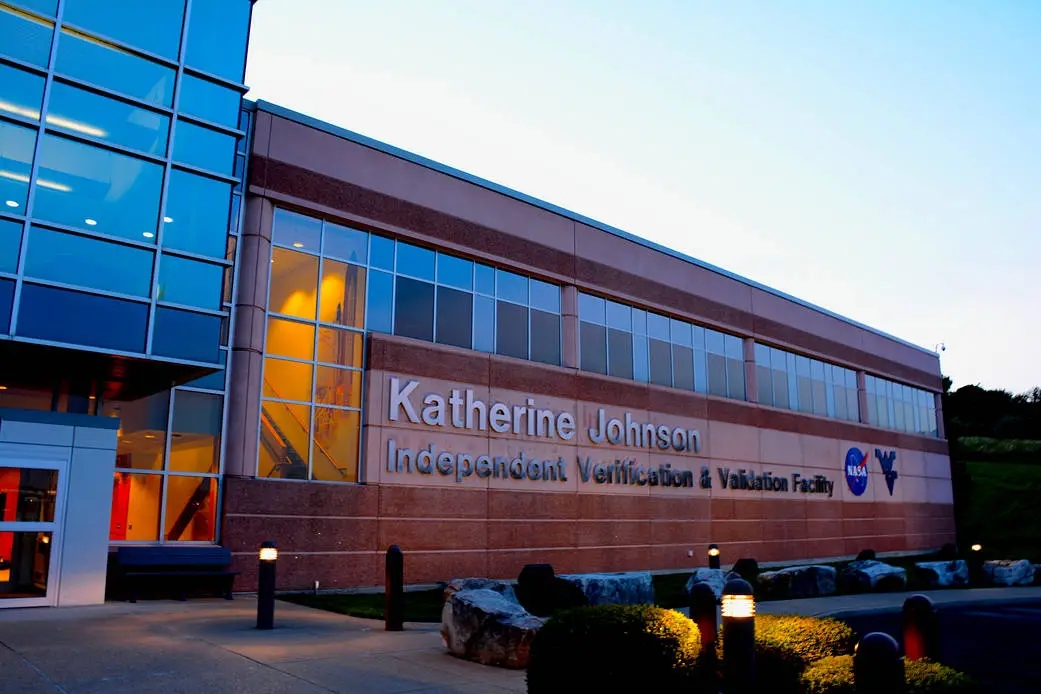


GMSEC Components
The Goddard Mission Services Evolution Center (GMSEC) is a subdivision of Code 580 at GSFC/NASA, responsible for the creation and development of the GMSEC suite of software components. The suite leverages unique GMSEC architecture – a scalable, open, and extensible framework for mission operations centers and other mission-critical systems.
Active Development
The Generic Extensible Messaging Utility and the updated GMSE Services Suite are Bothe GMSEC Compliant Software Applications currently under active development within the Goddard Mission Services Evolution Center.
Generic Extensible Messaging Utility
ANSR
ANSR is an alert system that autonomously pages or emails mission operators in case of events or anomalies during lights-out satellite operations. Although ANSR does not detect events or determine how to respond to them, other components can instruct ANSR to page an operator or a team through GMSEC directives. ANSR awaits a page acknowledgment for a predetermined amount of time before it considers the operator unreachable and escalates the notification to a contingent. ANSR supports call chains and groups for multiple contingencies. In addition to the paging service, ANSR provides a console-based monitoring tool. ANSR is platform-independent and 100% redundant.
A new GMSEC in-browser experience, built with OpenMCT from AMES Research Center
GSS Web Services Suite of Tools
GSS Web Services Suite of Tools consist of GSS Portal, GSS Atlas, and GSS Elysium-SQL GSS-Portal is a web portal that allows users to monitor system-wide data from a centralized location, create customized views, modify service configurations, and access a growing ecosystem of widgets and documents. GSS-Portal brings immediate value to a GMSEC-based ground system by simplifying data access through uniform interfaces, built-in security measures, and simplified centralized configuration management. GSS-Portal connects to GMSEC middleware through GSS-Atlas, which captures GMSEC messages and forwards them from the server to the client side GSS-Portal. GSS-Elysium-SQL is a GMSEC service that pulls GMSEC messages from the middleware server and archives them to the database.
GMSEC Automation Criteria Action Table (CAT)
The Criteria Action Table is an independent component developed for the purpose of monitoring real-time system messages against a set of pre-defined rules so that certain specific events can be detected in order to take associated pre-defined actions in an effort to automate and enhance the reliability of the system. The standardized GMSEC event messages and the message-oriented middleware (MOM) approach under the GMSEC architecture have made it possible to develop a flexible, portable, scalable, and extensible Criteria Action Table as a compliant GMSEC component able to meet the needs of different missions.
Countdown Clock (CC)
CC converts a schedule of upcoming events into a configurable countdown display and publishes log messages corresponding to the countdown of start and end times for each event. It supports two different display modes: multi-record and alternating record.
Compliance Test Suite (CTS)
CTS provides certification tools to verify that a candidate application interacts properly and efficiently with other applications on the GMSEC bus. Since GMSEC architecture is designed for maximum flexibility in message structure, certification is an important step in the software development process. If an application opts not to follow the guidelines, it can compromise universal interaction and generic interoperability between GMSEC-labeled applications. Certification solves this problem by checking applications’ conformance to Control Message Specification standards and subsequent interoperability.
CTS is primarily a supporting tool used to vet the compliancy of messages published by an application in a development environment, but it can also audit messages published to the bus in an operational environment.
EAGLE
EAGLE is an archiving service for storing messages published to the middleware bus into a database. Messages are defined in the Object Management Group Command and Control Message Specification document and the NASA Addendum to that specification. It is a plug-and-play component under the GMSEC architecture. To serve varied concepts of operation, EAGLE can accommodate both legacy and active missions and support multiple missions simultaneously. Mission-specific features, such as the message definition schema, message filtering configuration, and user preferences, along with database connection information, are stored in an eXtensible Markup Language (XML) configuration file. This makes them easily configurable for increased portability. EAGLE works in collaboration with the Elasticsearch data store and the Kibana web interface. It also supports Postgres and MySQL/MariaDB relational databases.
Event Analyzer (EAN)
Event Analyzer provides a view of a real-time message content published onto the middleware bus and messages retrieved from the historical archive.
Event Archive (EA)
Event Archive archives published messages into a database and provides customizable database management features. Event Archive archives published messages into a database and provides customizable database management features.
Event Report (EAR)
Event Report subsystem performs statistical collections, data analysis, and data mining of the event databases generated by the GREAT Event subsystem. Figure 2 Event Report Subsystem Architecture shows the high-level architecture of the ERP subsystem.
GRASP
GRASP transports GMSEC messages from one GMSEC-compliant network to another. By leveraging GRASP, select mission and GMSEC capabilities can be available to users without direct access to a secure network. To maintain data integrity, GRASP can be configured to encrypt and sign messages for secure communications. It also allows system administrators to filter information available on the remote network.
GMSEC Environmental Diagnostic Analysis Tool (GEDAT)
GEDAT offers a centralized visual representation of a GMSEC-based system. It identifies all components connected to the bus, validates nominal operations, and recognizes error conditions. GEDAT monitors heartbeat messages to identify and display the status of components communicating via publish/subscribe messaging. GEDAT also collects node or middleware bus information, such as memory, disk utilization, and bandwidth, from resource messages. The user can access this detailed data organized into charts and graphs.
NOTE
Note offers operator the ability to publish text as a GMSEC LOG message. It consists of the Note Service and Note Graphical User Interface. The interface collects information from the operators and uses it to form a directive request which it sends to the note service for processing. The service responds to a directive request with a directive response message containing the status of the request.
Performance Test Utility (PTU)
PTU collects message timing data based on GMSEC message activity, analyzes it, and presents results in an easy-to-read format. It allows users to create and modify performance tests, automate general-purpose performance testing, and analyze direct socket-to-socket connections on the same network for latency comparison. Having a single tool perform the testing simplifies the process and reduces the time necessary to determine the fitness of GMSEC for a particular application based on performance data.
Room Alert Adaptor (RAA)
RAA allows users to set up an environmental monitoring system using GMSEC-compliant components and AVTECH Software Room Alert devices by translating SNMP messages into GMSEC messages. RAA can be used as a system service or run in the background. Other GMSEC-compliant components, such as GEDAT and CAT can be integrated with RAA for centralized display and automation of tasks associated with the status monitoring of the physical environment.
System Agent (SA)
SystemAgent supplies health information of the computer hosting the agent to other GMSEC components using a middleware-based architecture. Traditionally, early problem detection and error correction of a machine required physical presence for system monitoring. Having an agent that reports machine’s health using the middleware paradigm offers a generic, automated, and centralized monitoring tool for the entire GMSEC system. Measurements gathered in SystemAgent C2CX Resource messages can be displayed using GEDAT and built-in early error detection and correction are also possible with the help of an autonomic computing tool such as CAT.
XTCE Read and Edit (XRAE)
XRAE allows users to view XTCE files in a human-readable form and partially edit them. The viewing capabilities of XRAE encompass most features of XTCE 1.0, displaying them in a user-friendly and high-level format. The editing features allow to modify some characteristics of SpaceSystem, Parameter, and ParameterTypes. Additionally, a plugin architecture allows users to expand XRAE capabilities by creating custom import and export plugins. Two sample plugins – ITOS Import and ITOS Export – are provided with the distribution. Finally, the newly incorporated GSX feature acting as a server allows a query application, acting as a client, to search mission telemetry definitions in a legal XTCE file over the GMSEC bus.
New Initiatives
Events analysis and data mining tools
XTCE telemetry and command database tools
Space data link encryption service (starting planning phase)
































